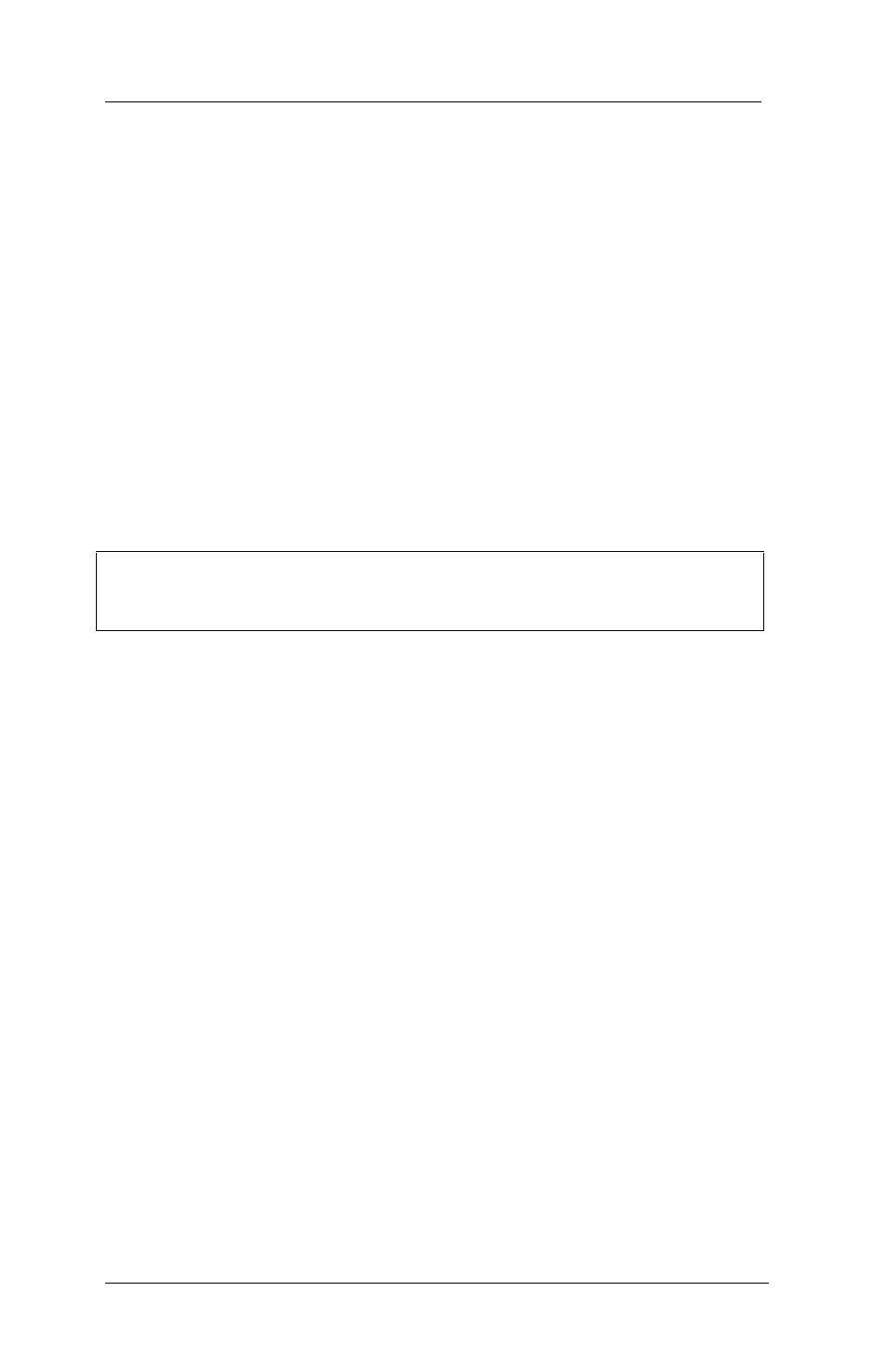RJS Inspector D4000 Auto Optic (FIRMWARE version A.06 and Later) User Manual
Page 49

Operator
’s Guide
Appendix C
002-5564
RJS, Minneapolis, MN
41
Defects
This parameter can be graded
“A,” “B,” “C,” “D,” or “F.”
Defects are irregularities in bars, spaces and quiet
zones.
For example, a dark spot in a space could cause a low
enough reflectance to be mistaken for a bar, and the
extra bar would cause a decode error.
The defect grade is determined by a relationship be-
tween the largest defect in the symbol and the symbol
contrast (the smaller the defect, the better the grade).
Note:
In general, a small aperture used to analyze very wide
elements will cause the largest defects.
The RJS Inspector D4000 incorporates a feature that
trims reflectance data gathered during a scan to approx-
imately 10 times the X dimension (5X after a UPC/EAN
addendum). These areas, on either side of the bar-
code, are assumed to be quiet zones and are included in
the analysis.
A graphic object or text in the quiet zone will produce
an
“F” grade
–
This indicates a quiet zone that is too
narrow. We recommend that you scan in both directions
to make maximum use of this feature.
Reference Decode
This parameter can be graded
“
A
” or
“F.”
If the Reference Decode parameter is
“F,” then the
overall symbol grade is also
“F”
(regardless of the grade
of any other parameter).
